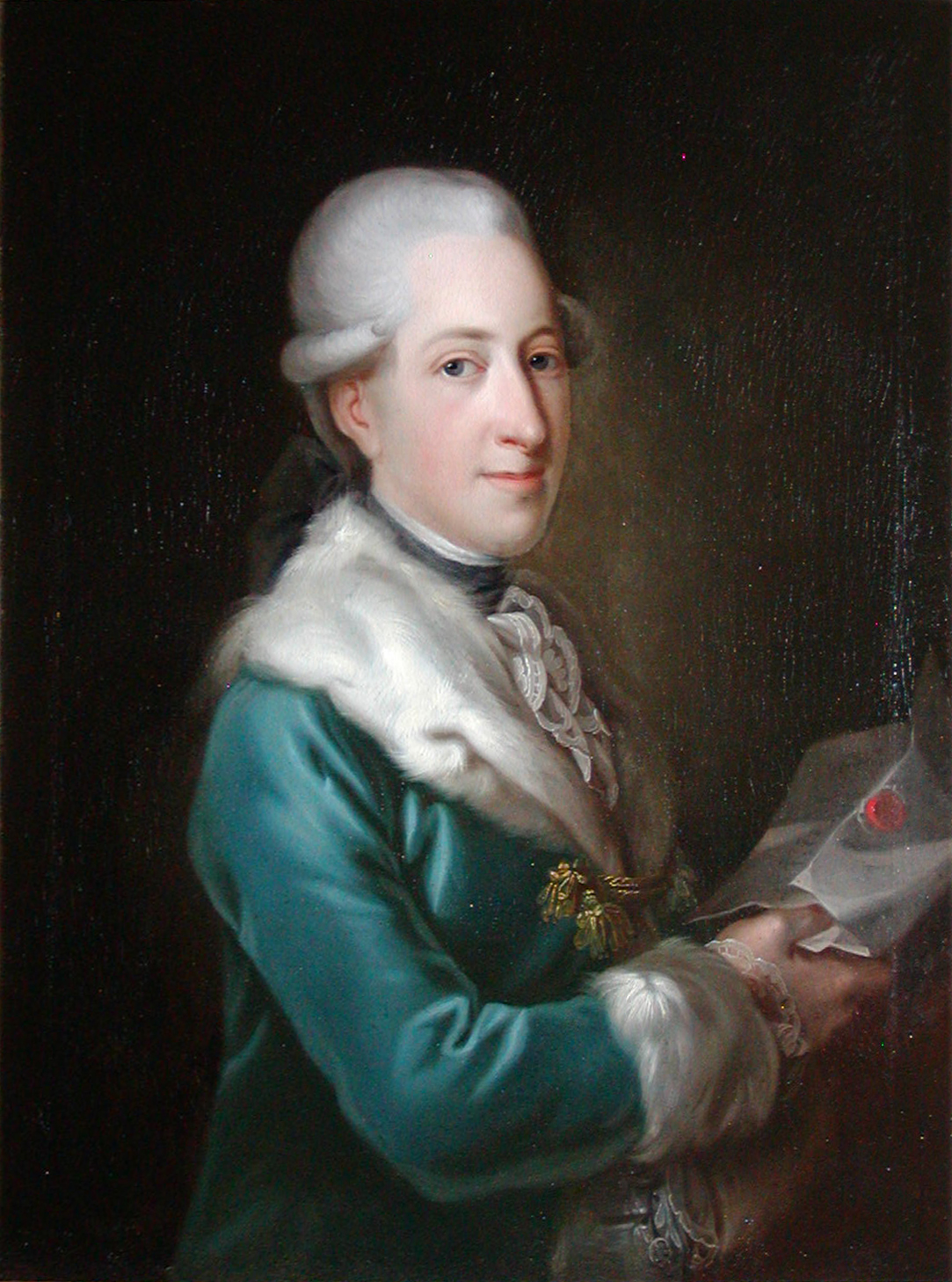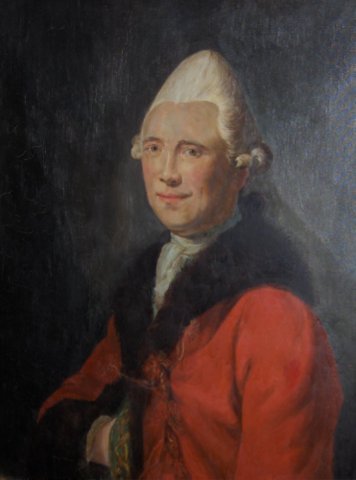|
Charles August Selby
Charles August Selby (24 October 1755 – 15 March 1823) was an English-Danish merchant and landowner. He built the Bækkeskov manor house at Præstø and Orupgaard on Falster. The Baron's oldest son, the politician and landowner, Charles Borre Selby, inherited the estate."Orupgaards historie" , Orupgaard Gods. Retrieved 22 November 2012."Orupgård" Lolland-Falsters Herregårde. Retrieved 22 November 2012. Early life Selby was born in London, the son of Thomas Selbye (1711-1787), the owner of , |
Biddlestone Hall
Biddlestone Hall was a large country house at Biddlestone in Northumberland. History The Georgian style mansion was built for the Selby family The Selby family is a prominent and prolific family in the English gentry that originated in Selby, Yorkshire, but largely settled in Northumberland and County Durham. At various points through history, the family owned Biddlestone Hall and Twizel ... about 1796 on the site of an older house, and in about 1820 Walter Selby commissioned architect John Dobson to design various changes to the house including a private family chapel to be incorporated into the Hall.Robinson, p. 50 The Selbys left Biddlestone in about 1914 and the Hall deteriorated to such an extent that it was demolished in 1957 leaving only the chapel standing. References *Robinson, John, ''Felling the Ancient Oaks'', Aurum Press, 2011, {{coord, 55.3687, -2.0723, type:landmark_region:GB, display=title Country houses in Northumberland British country houses destroyed i ... [...More Info...] [...Related Items...] OR: [Wikipedia] [Google] [Baidu] |
Andreas Bjørn House
The Andreas Bjørn House is a historic property located at the corner of Strandgade (No. 46) and Bådsmandsstræde in the Christianshavn neighbourhood of Copenhagen, Denmark. It was built for Andreas Bjørn in 1734 and listed on the Danish registry of protected buildings and places in 1918. A sugar refinery named Union House was from 1771 to 1811 located in a now demolished warehouse adjacent to the building by a group of British merchants and plantation owners from St. Croix in the Danish West Indies. Architecture Andreas Bjørn and his dockyard Bådsmandsstræde was the northernmost street in Johan Semp's original masterplan for Christianshavn from 1617. The narrow tract of land on the north side of Bådsmandsstræde was in the beginning of the 18th century the site of a lumberyard owned by Niels Alsing. It reached all the way from Strandgade to Christianshavn Canal and was partly lined with a row of wooden warehouses along the street. The property was in 1732 acquired by And ... [...More Info...] [...Related Items...] OR: [Wikipedia] [Google] [Baidu] |
People From Falster
A person ( : people) is a being that has certain capacities or attributes such as reason, morality, consciousness or self-consciousness, and being a part of a culturally established form of social relations such as kinship, ownership of property, or legal responsibility. The defining features of personhood and, consequently, what makes a person count as a person, differ widely among cultures and contexts. In addition to the question of personhood, of what makes a being count as a person to begin with, there are further questions about personal identity and self: both about what makes any particular person that particular person instead of another, and about what makes a person at one time the same person as they were or will be at another time despite any intervening changes. The plural form "people" is often used to refer to an entire nation or ethnic group (as in "a people"), and this was the original meaning of the word; it subsequently acquired its use as a plural form of per ... [...More Info...] [...Related Items...] OR: [Wikipedia] [Google] [Baidu] |
British Emigrants To Denmark
British may refer to: Peoples, culture, and language * British people, nationals or natives of the United Kingdom, British Overseas Territories, and Crown Dependencies. ** Britishness, the British identity and common culture * British English, the English language as spoken and written in the United Kingdom or, more broadly, throughout the British Isles * Celtic Britons, an ancient ethno-linguistic group * Brittonic languages, a branch of the Insular Celtic language family (formerly called British) ** Common Brittonic, an ancient language Other uses *''Brit(ish)'', a 2018 memoir by Afua Hirsch *People or things associated with: ** Great Britain, an island ** United Kingdom, a sovereign state ** Kingdom of Great Britain (1707–1800) ** United Kingdom of Great Britain and Ireland (1801–1922) See also * Terminology of the British Isles * Alternative names for the British * English (other) * Britannic (other) * British Isles * Brit (other) * B ... [...More Info...] [...Related Items...] OR: [Wikipedia] [Google] [Baidu] |
Danish Merchants
Danish may refer to: * Something of, from, or related to the country of Denmark People * A national or citizen of Denmark, also called a "Dane," see Demographics of Denmark * Culture of Denmark * Danish people or Danes, people with a Danish ancestral or ethnic identity * A member of the Danes, a Germanic tribe * Danish (name), a male given name and surname Language * Danish language, a North Germanic language used mostly in Denmark and Northern Germany * Danish tongue or Old Norse, the parent language of all North Germanic languages Food * Danish cuisine * Danish pastry, often simply called a "Danish" See also * Dane (other) * * Gdańsk * List of Danes * Languages of Denmark The Kingdom of Denmark has only one official language, Danish, the national language of the Danish people, but there are several minority languages spoken, namely Faroese, German, and Greenlandic. A large majority (about 86%) of Danes also s ... {{disambiguation Language and natio ... [...More Info...] [...Related Items...] OR: [Wikipedia] [Google] [Baidu] |
19th-century Danish Landowners
The 19th (nineteenth) century began on 1 January 1801 (Roman numerals, MDCCCI), and ended on 31 December 1900 (Roman numerals, MCM). The 19th century was the ninth century of the 2nd millennium. The 19th century was characterized by vast social upheaval. Slavery was abolitionism, abolished in much of Europe and the Americas. The Industrial Revolution, First Industrial Revolution, though it began in the late 18th century, expanding beyond its British homeland for the first time during this century, particularly remaking the economies and societies of the Low Countries, the Rhineland, Northern Italy, and the Northeastern United States. A few decades later, the Second Industrial Revolution led to ever more massive urbanization and much higher levels of productivity, profit, and prosperity, a pattern that continued into the 20th century. The Gunpowder empires, Islamic gunpowder empires fell into decline and European imperialism brought much of South Asia, Southeast Asia, and almost ... [...More Info...] [...Related Items...] OR: [Wikipedia] [Google] [Baidu] |
18th-century Danish Businesspeople
The 18th century lasted from January 1, 1701 (Roman numerals, MDCCI) to December 31, 1800 (Roman numerals, MDCCC). During the 18th century, elements of Age of Enlightenment, Enlightenment thinking culminated in the American Revolution, American, French Revolution, French, and Haitian Revolution, Haitian Revolutions. During the century, History of slavery, slave trading and human trafficking expanded across the shores of the Atlantic Ocean, Atlantic, while declining in Russian Empire, Russia, Qing dynasty, China, and Joseon, Korea. Revolutions began to challenge the legitimacy of monarchical and aristocratic power structures, including the structures and beliefs that Proslavery, supported slavery. The Industrial Revolution began during mid-century, leading to radical changes in Society, human society and the Natural environment, environment. Western historians have occasionally defined the 18th century otherwise for the purposes of their work. For example, the "short" 18th cen ... [...More Info...] [...Related Items...] OR: [Wikipedia] [Google] [Baidu] |
Strandgade 24
The Strandgade 24 is a listed Neoclassical townhouse located on Strandgade in Copenhagen, Denmark. History 17th and 18th centuries The site was originally part of the same property as Strandgade 22. In 1749, it was sold separately to Franz Fæddersens. He worked for the Danish Asiatic Company on the other side of the street. He heightened the building with one floor. The property was marked as No. 35 C on Christian Gedde's 1757 map of Christianshavn but later referred to as No. 35B. It was owned by general war commissioner Høyer in 1756. In 1790, No. 35B was acquired by Charles August Selby, an Englishman who had settled in Copenhagen in 1753 and set up his own trading company in 1777. Niels Brock Hansen The property was home to a single household at the 1801 census. Niels Brock Hansen (1765-1818), a merchant (''grosserer''), resided in the building with his wife Lene Maria Hansen (née Sommerfeldt, 1779–1847), their six children (aged one to nine), four office clerks, a ... [...More Info...] [...Related Items...] OR: [Wikipedia] [Google] [Baidu] |
Holstein
Holstein (; nds, label=Northern Low Saxon, Holsteen; da, Holsten; Latin and historical en, Holsatia, italic=yes) is the region between the rivers Elbe and Eider. It is the southern half of Schleswig-Holstein, the northernmost state of Germany. Holstein once existed as the German County of Holstein (german: Grafschaft Holstein, links=no; 811–1474), the later Duchy of Holstein (german: Herzogtum Holstein, links=no; 1474–1866), and was the northernmost territory of the Holy Roman Empire. The history of Holstein is closely intertwined with the history of the Danish Duchy of Schleswig ( da, Slesvig, links=no). The capital of Holstein is Kiel. Holstein's name comes from the Holcetae, a Saxon tribe mentioned by Adam of Bremen as living on the north bank of the Elbe, to the west of Hamburg. The name means "dwellers in the wood" (Northern Low Saxon: ; german: Holzsassen, links=no). History Origins After the Migration Period of the Early Middle Ages, Holstein was adjacent to ... [...More Info...] [...Related Items...] OR: [Wikipedia] [Google] [Baidu] |
Orupgård
Orupgaard is a manor house located east of Nykøbing and north of Idestrup on the Danish island of Falster. With a history dating from the 13th century, Orupgaard today manages over of farmland and forest as well as an equestrian facility at Brændte Ege Avlsgaard. History Early history Orupgaard is first mentioned in the Danish Census Book in 1231 as ''Oræthrop''. It consisted of a few small farms managed by Nykøbing Palace on behalf of the Crown. Around 1660, they were merged into one property. After Orupgaard was completely destroyed by fire in 1718, the land was leased out to farmers until 1766 when Christian Hincheldey bought the estate. In 1809, Hincheldey's widow sold it to the English baron Charles August Selby (1755–1823) who built a fine new manor which he left to his son Charles Borre de Selby."Orupgaards historie" , ... [...More Info...] [...Related Items...] OR: [Wikipedia] [Google] [Baidu] |
Bredeshave
Bredeshave is a former manor house located at Tappernøse, Næstved Municipality Denmark. The estate was established as a farm under Bækkeskov in 1786 and granted status of a manor in 1802. Its most notable former owner is Charles August Selby. It is now owned by a foundation and operated as a social institution. All the land has been sold. History Origins Bredeshave was originally a farm under Bækkeskov. A fruit garden was constructed on the site by Otto Christopher von Munthe af Morgenstierne in 1782. The main building wasz constructed for him in 1782. It was named after his father, Bredo von Munthe af Mogenstierne, who had created a garden at the site. In 1796, Bekkeskov and Bredeshave was sold to Charles August Selbye. In 1796, he was ennobled with rank of baron. 18th century In 1802, Bredeshave was sold to Georg Johannes Røbye. The estate was in the same time granted status of a manor. He sold the estate in 1805 and it then changed hands a number of times over the ... [...More Info...] [...Related Items...] OR: [Wikipedia] [Google] [Baidu] |


_1938.jpg)



